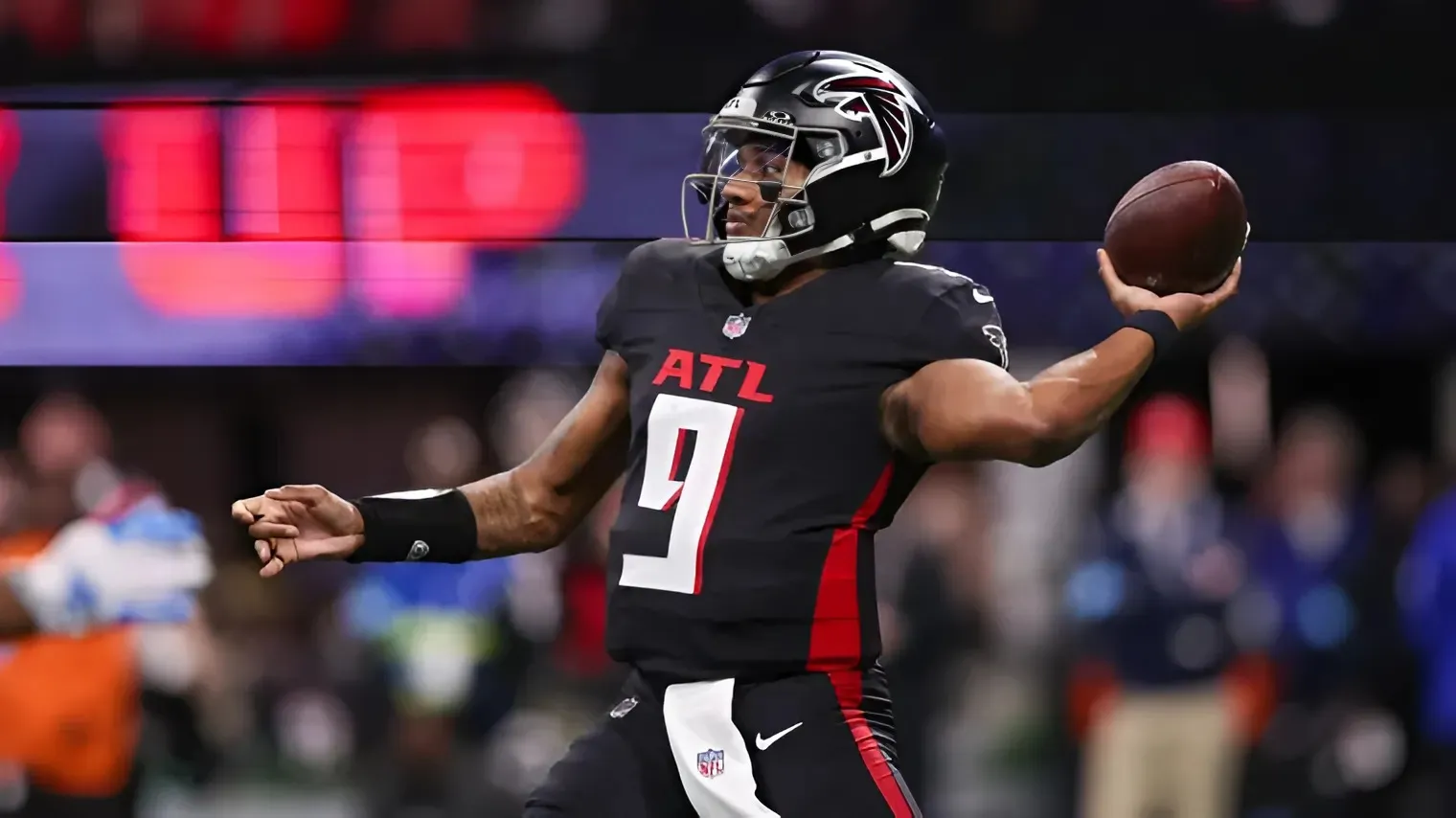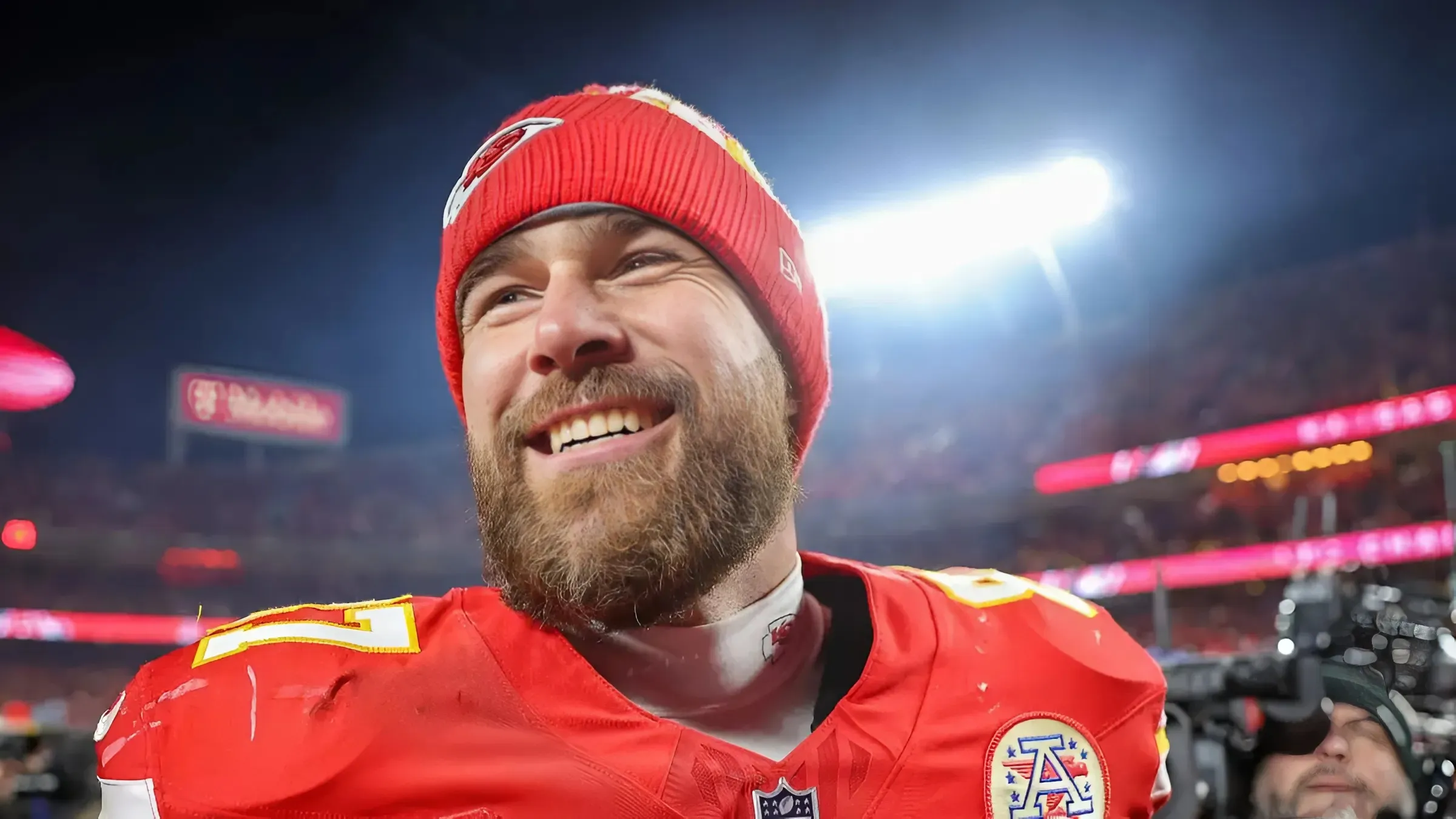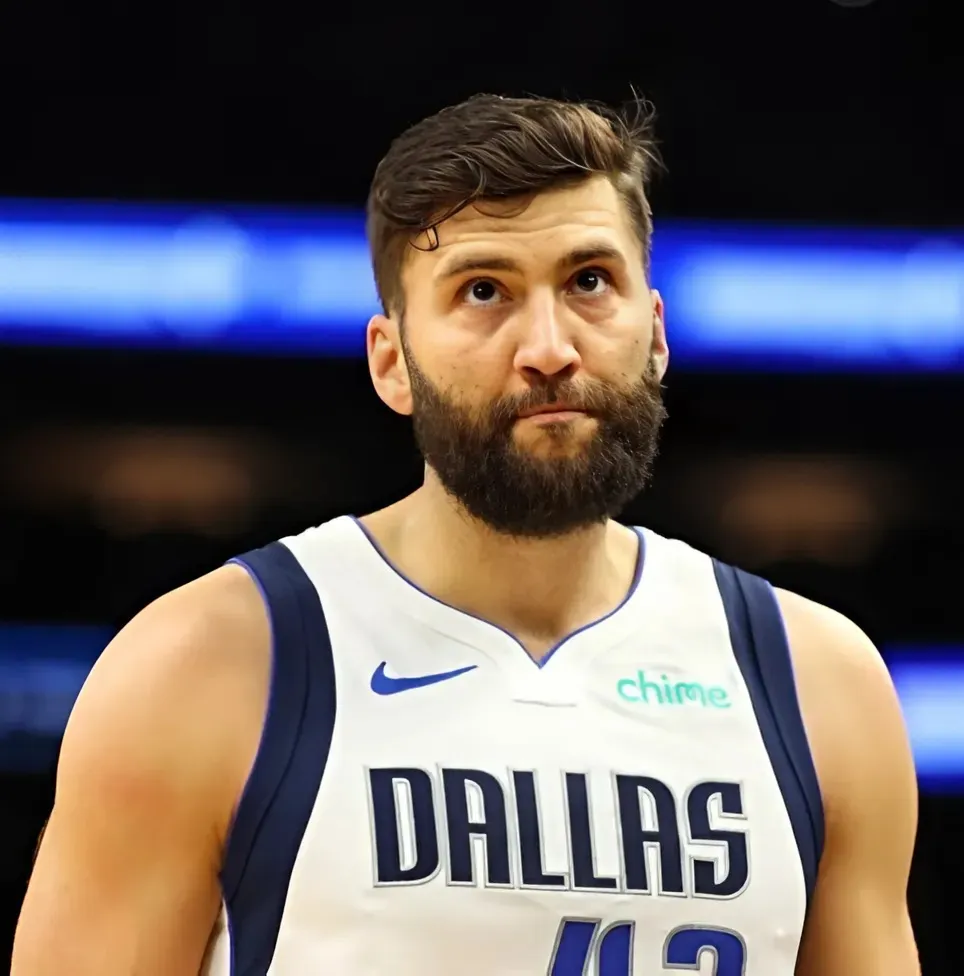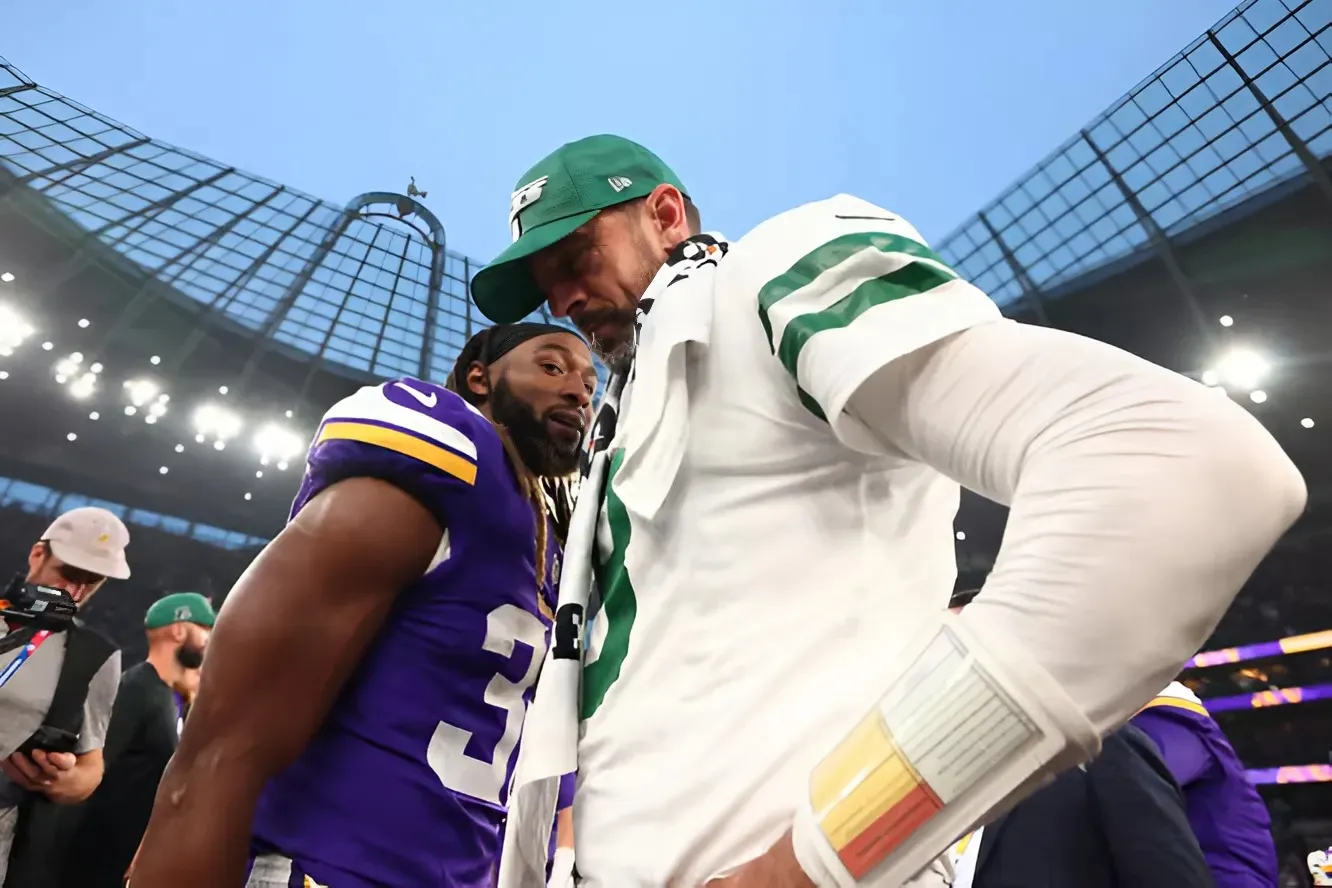There’s only one thing worse than making the wrong pick at No. 3 overall in the NFL Draft—and that’s making the wrong pick while passing on two elite prospects in the process.
That’s the fear surrounding the New York Giants heading into the 2025 NFL Draft. After months of speculation and scouting, three names have dominated the conversation: edge rusher Abdul Carter (Penn State), do-it-all star Travis Hunter (Colorado), and quarterback Shedeur Sanders (Colorado).
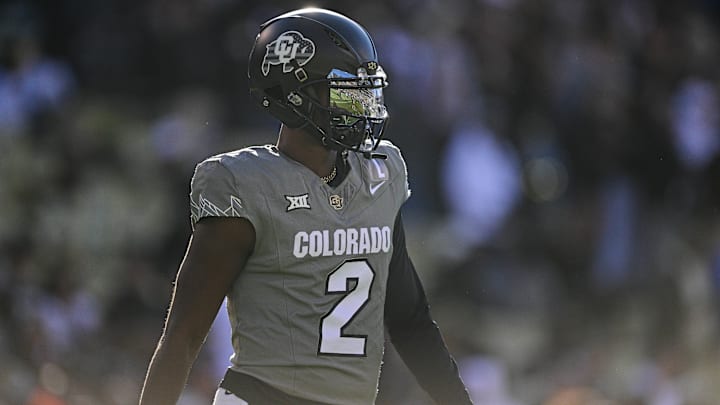
All three would make sense in their own way. But with no obvious wrong choice, the only real way to mess this up is to force something. To overthink it. To reach.
That’s exactly what Bleacher Report’s Brad Gagnon suggested in his recent article outlining every team’s nightmare draft scenario in one sentence.
Would drafting Shedeur Sanders really be a Giants nightmare?
Gagnon didn’t hold back when it came to the Giants’ potential worst-case scenario:
“New York Giants: They get desperate, take Shedeur Sanders in the No. 3 spot and he predictably goes bust.”
It’s a bold line—and one that demands a closer look. Because while it’s easy to understand the fear of a quarterback pick going sideways, the assumption that Sanders is destined to fail doesn’t exactly line up with what football fans have watched over the past couple of seasons.
Sanders is a mature, accurate passer who threw for 37 touchdowns and 4,134 yards in 2024 behind one of the worst offensive lines in college football. His poise, processing, and mechanics are NFL-level. He’s not perfect—far from it—but he’s a natural thrower and appears coachable. He’s the son of an NFL Hall of Famer and has been groomed for this moment. He’s also been in the spotlight his entire life.
Would it be a risk to take him over Hunter or Carter? Of course. Quarterbacks always carry more downside. But calling it a panic move if the Giants truly believe he’s their future would be a misread. With Russell Wilson and Jameis Winston already in the building, Sanders wouldn’t need to start immediately. He’d have time to develop behind veterans in a controlled environment.
That sounds more strategic than desperate. One might even call it smart. No one’s comparing Sanders to Patrick Mahomes or Aaron Rodgers, but history shows what sitting behind the right guy can do for a young quarterback.
Travis Hunter is a unicorn. He won the Heisman as a two-way player, posted 96 catches and 15 touchdowns at receiver, and added four interceptions and 10 pass breakups as a corner. He could immediately slot in opposite Malik Nabers, or help a rising secondary that now features Jevon Holland and Paulson Adebo. He’d be an impact player on Day 1—on either side of the ball—something Joe Schoen is comfortable with. It cannot be said enough that he is truly one of a kind.
Abdul Carter, meanwhile, is everything you want in a modern edge rusher. He had 12 sacks and 23.5 tackles for loss at Penn State in 2024, and he’s just getting started. Adding him to a front seven with Dexter Lawrence, Brian Burns, and Kayvon Thibodeaux would give New York one of the most disruptive pass rushes in the league. Carter is the best pass-rushing prospect since Micah Parsons... maybe this time the G-Men don't pass on the opportunity to take advantage.
So yes—in some universe, if the Giants take Sanders and he becomes a bust while Carter and Hunter become stars elsewhere, that’s a nightmare. Not because Sanders was a bad pick, but because of what they gave up to take him.
There are other options at quarterback too, which make this situational nightmare a bit more interesting. Big Blue has shown interest in just about any quarterback coming out of college, including but not limited to Jaxson Dart (Ole Miss), Tyler Shough (Louisville), Jalen Milroe (Alabama), and Kyle McCord (Syracuse).
That’s the razor-thin line Schoen has to walk. But if the Giants believe Shedeur Sanders is the guy, they have to draft him with conviction. And they better be right. Because the talent they’d be leaving on the board is the kind that can reshape a franchise.
That’s what makes this a high-stakes decision in the first place—not necessarily the player, but the cost of getting a premium pick wrong and ending up in the same position next year.
